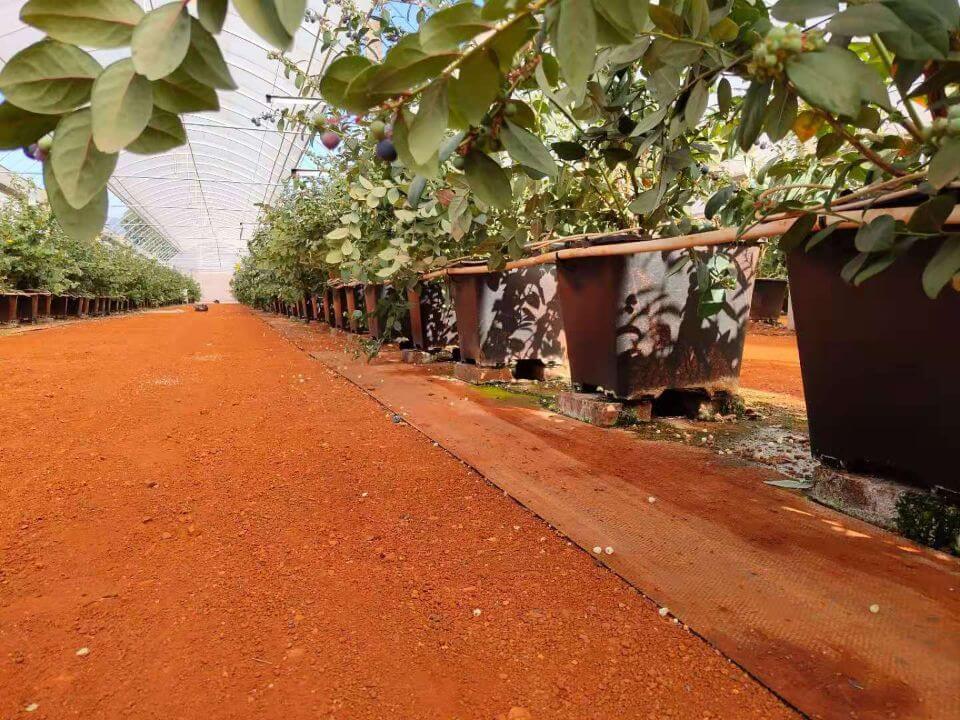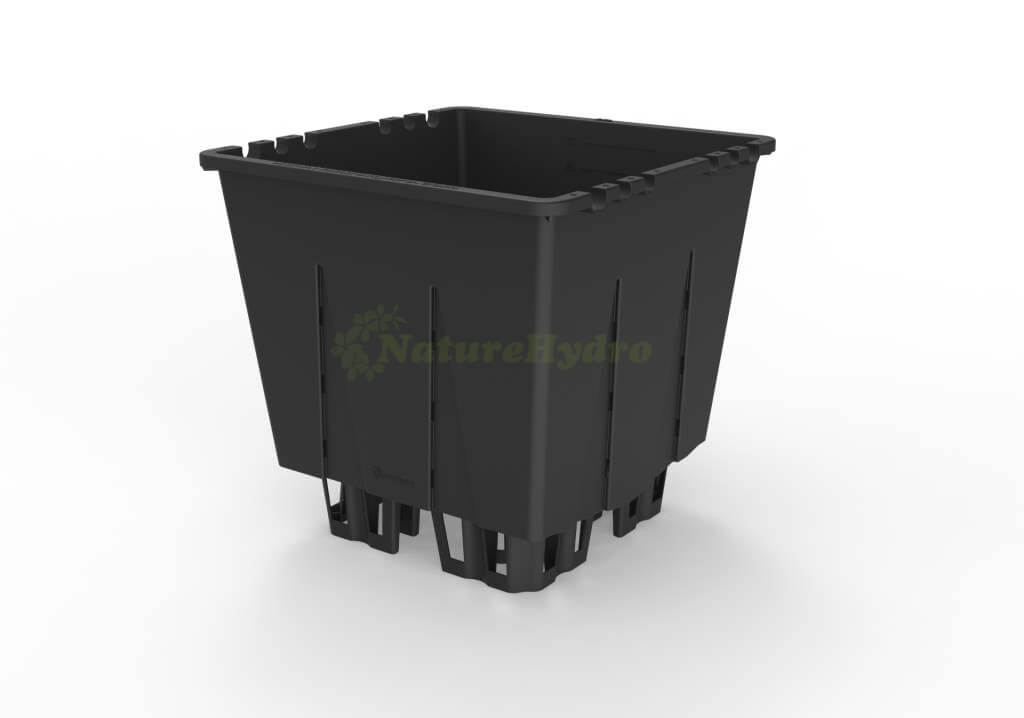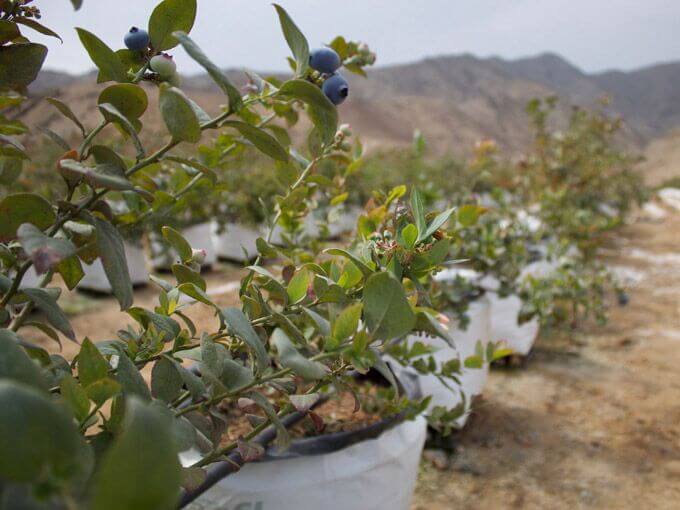The nutritional value and economic value of blueberries are very high. Worldwide, the production of blueberries is developing rapidly towards a high degree of enterprise, scale and integration. However, due to the harsh requirements of blueberry on the soil, as well as the constraints of climate, water and fertilizer, etc., less than 10% of domestic blueberry orchards can reach the standard. Under the background of blueberry international trade, blueberry substrate cultivation has become an urgent demand for blueberry industrial production. , how to improve blueberry production and quality through less manpower management, your choice is often greater than your efforts.
1. Selection of blueberry cultivation substrate
The cultivation medium needs to have good water and fertilizer retention performance, and at the same time have drainage and ventilation performance. Appropriate cultivation medium can optimize the root environment of blueberry plants, improve the growth status of the plants, and then improve the fruit quality. Peat charcoal in blueberry planting is the most widely used and most effective cultivation substrate in the world. It is rich in humic acid, organic matter, fiber, etc. It has the characteristics of loose and porous, good air and water permeability, and strong water and fertility retention.
Relevant personnel have studied the effects of different cultivation substrates on blueberry growth and fruit quality. The results show that the combination of peat and vermiculite can increase the yield of blueberries and improve the quality of blueberries.
2. Selection of blueberry cultivation container
The root system of substrate-cultivated blueberries is limited to containers, and the main thing that absorbs water and nutrients is the thread-like thin roots. The suitability of the root environment determines the growth of blueberries. To maximize the production capacity of blueberry plants, it is very important to choose the right cultivation container . Here are three common containers for blueberry cultivation in facility agriculture.
1. Ordinary potted cultivation container
The biggest advantage of this kind of cultivation container is the tower-shaped porous design at the bottom, which can make the drainage go down and around smoothly. Let enough oxygen enter the bottom of the planting pot, enhance the air circulation, and play a root control effect.
2. Drainage recovery pot cultivation container
The cultivation container with return liquid collection device can solve the problem of high humidity and possible environmental pollution in the greenhouse. The 5.5-8.5cm high leg design at the bottom allows for more flexible air circulation and better root control effect.
3. Combined root-limiting cultivation container
The cultivation container is assembled from the base and the porous PE pot wall on the side. The bottom of the pot wall has double air holes to create a better airflow and oxygen supply environment; the wide and high base maximizes drainage and oxygen absorption to avoid The roots are in contact with the soil and create better ventilation conditions to isolate soil-borne diseases, and the large-area base improves the stability by at least five times.
3. Selection of water and fertilizer integrated system device
Blueberry is a labor-intensive industry. The shortage of labor is the main obstacle restricting the development of blueberry in my country. The key to solving this problem is to realize “mechanization, labor saving and simplification”. Jilin Agricultural University’s “blueberry water and fertilizer integration” technology combined with actual production research has achieved good results in production, solving the problem of manpower shortage. At the same time, precise water and fertilizer management has also improved the quality of blueberries and doubled the output.
The integrated water and fertilizer system consists of a water supply system, a filtration system, a central control system (water and fertilizer machine) and an irrigation pipeline system.
Taking blueberry substrate cultivation in a glass greenhouse as an example, the water quality of the water supply system determines the selection of filtration equipment in the next step, and the pH value of blueberries is 4.5~5.5 is the best. Low salinity, conductivity not exceeding 1000μS/cm, preferably lower than 200μS/cm, tap water is often used as the water source. The filtration system includes sand filter, automatic backwash disc filter, and RO reverse osmosis equipment, which can be reasonably matched according to the local water quality.
Blueberries grown in substrates are easily affected by factors such as water, fertilizer, and oxygen in the root zone, and require sophisticated water and fertilizer management techniques to maintain a stable root environment. Boyun agricultural tank-mixing water and fertilizer machine is developed based on the concept of closed-loop system in terms of irrigation and water and fertilizer management and control. All Boyun irrigation and fertilization equipment can be connected to the self-developed digital agricultural system platform, and irrigation control can be carried out through a series of start-up conditions, such as light, time, flow, humidity, etc., to digitize the growth law and management strategy of blueberries, and use The data realizes the controllability of risks and gives blueberries the most reasonable water and fertilizer supply.
Blueberries are commonly grown in the form of pressure-compensated drippers + dripping arrows, one for two dripping arrows, with a flow rate of 2~4L/H, and one for four dripping arrows, with a flow rate of 4~8L/H. Substrate cultivation of blueberries, implementation of precise planting, visual management and intelligent decision-making, scientific feeding through the water and fertilizer integration system, to meet the nutritional needs of blueberries for optimal growth and maximize production capacity.
Post time: Aug-14-2023



